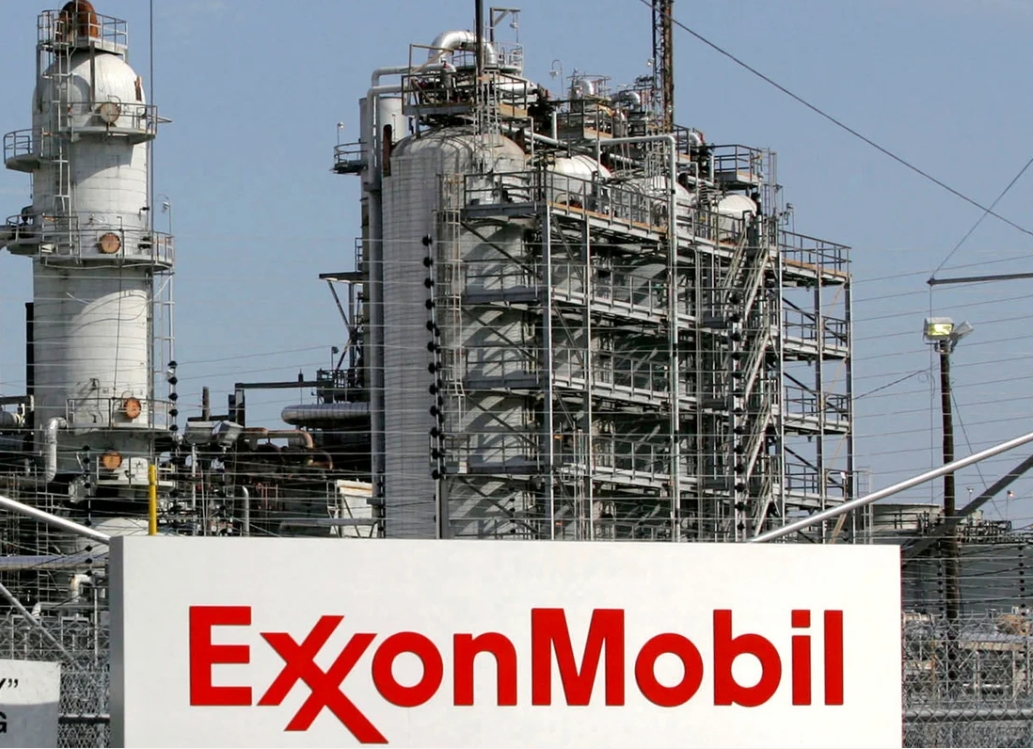
It has been over two-and-a-half years since ExxonMobil last drilled in Cyprus’ EEZ, but the company is about to come back.
In an interview earlier this month the minister of energy, Giorgos Papanastasiou, confirmed that ExxonMobil is planning a new exploration drilling programme in Cyprus’ EEZ. This will start early next year with drilling of a newly identified, promising, target in block 5, dubbed ‘Electra’, to be immediately followed with further exploration drilling in block 10. Even though initial reports said that the purpose of latter would be to further appraise Glaucus, it now appears that the company intends to explore a new gas target in block 10.
The last time ExxonMobil drilled in Cyprus’ EEZ was in early 2022 when it spud an appraisal well in its Glaucus gas-find. Even though the results have not been published, they were reported by MEES to have been disappointing, with gas reserves estimated to be below 5tcf (trillion cubic feet). The initial estimate, when the gasfield was discovered in 2019, was 5-8tcf.
Following completion of appraisal drilling of Glaucus, the company embarked on a seismic exploration programme in blocks 5 and 10. This appears to have been successful, with identification of a number of potential gasfields. The plan now is to drill two of these.
Should drilling be successful, and depending on the size of discoveries, ExxonMobil would consider three gas export options: sending the gas by pipeline to Egypt, floating LNG (FLNG) or land-based LNG. In the past it said that its preferred option would be a land-based LNG facility at Vasilikos, but that would require gas discoveries of at least 15tcf gas. With almost 5tcf at Glaucus, ExxonMobil’s forthcoming drilling round would need to yield another 10tcf to make this feasible.
Given that drilling and assessment of the results are unlikely to be completed before the end of 2025, and given the time required to evaluate development options, it is likely to be the end of the decade before ExxonMobil would be in a position to proceed with exploitation of any gas finds.
In ExxonMobil’s long-term strategy “oil and natural gas remain essential under any credible scenario”, making up more than 50 per cent of the world’s energy mix even by 2050. In this strategy ExxonMobil’s focus is on producing its own LNG, rather than trading that of third parties, and plans to expand its LNG portfolio.
Reflecting this, ExxonMobil’s vice-president exploration, John Ardill, said in a revealing interview that the company “will continue the search for big new oil and gas fields that can help fund alternative energy sources such as LNG and renewables, even as the threshold for committing exploration spending gets ever-higher.” This will be based on a disciplined approach “that entails fully evaluating resources before rushing into projects, for example in the East Med”.
“ExxonMobil seeks a combination of attractive geology, stable political conditions and the potential to minimise the carbon footprint of production processes,” he said.
The company considers gas attractive, “preferably in locations near major markets”. Increasingly it has been looking to invest in “market-led” gas opportunities. He noted that Egypt, where the company is at a relatively early stage, “combines the attractions of a large domestic market and export opportunity alongside other East Med producers”.
Ardill noted that Cyprus is characterised by “a lot of moderate size” discoveries. “There are multiple development options, including modular LNG facilities on the island or a floating LNG facility.”
But he stressed that the first priority is to gain a full picture of East Med resources. “The first thing to do is understand how much resource is there, what the composition of the resource is, what type of rock it sits in, what’s the productivity, and then we come in, once we know that, and look at what’s the best path to development. It’s really around what’s the most cost-effective and lowest environmental footprint.”
ExxonMobil’s strategy has been described as ‘go-big or go-home’, targeting big discoveries. The company has been investing in what it sees as ‘high-risk high-reward’ prospects worldwide, focusing on high-return projects. Its most notable success was offshore Guyana where so far it has discovered over 11 billion barrels of oil.
This strategy is what has made ExxonMobil the most successful oil super-major in the world.